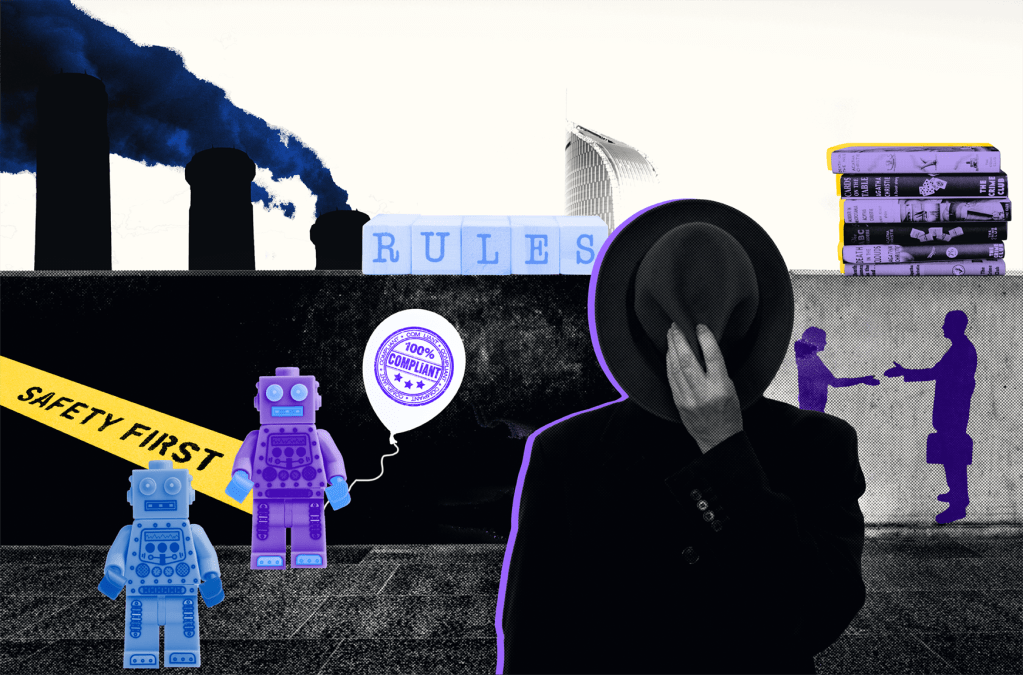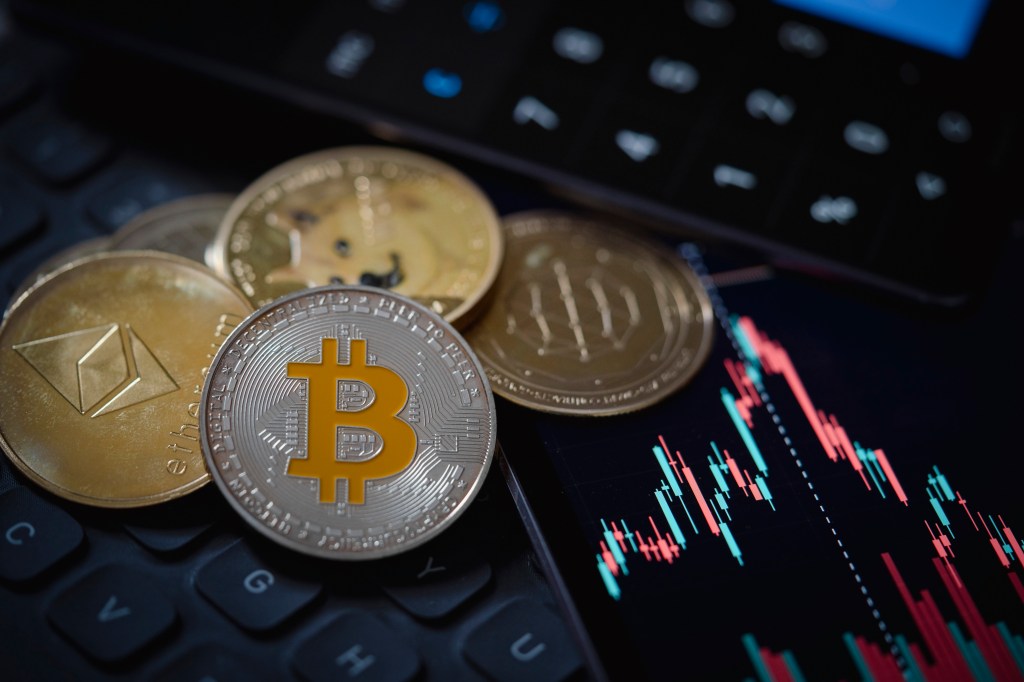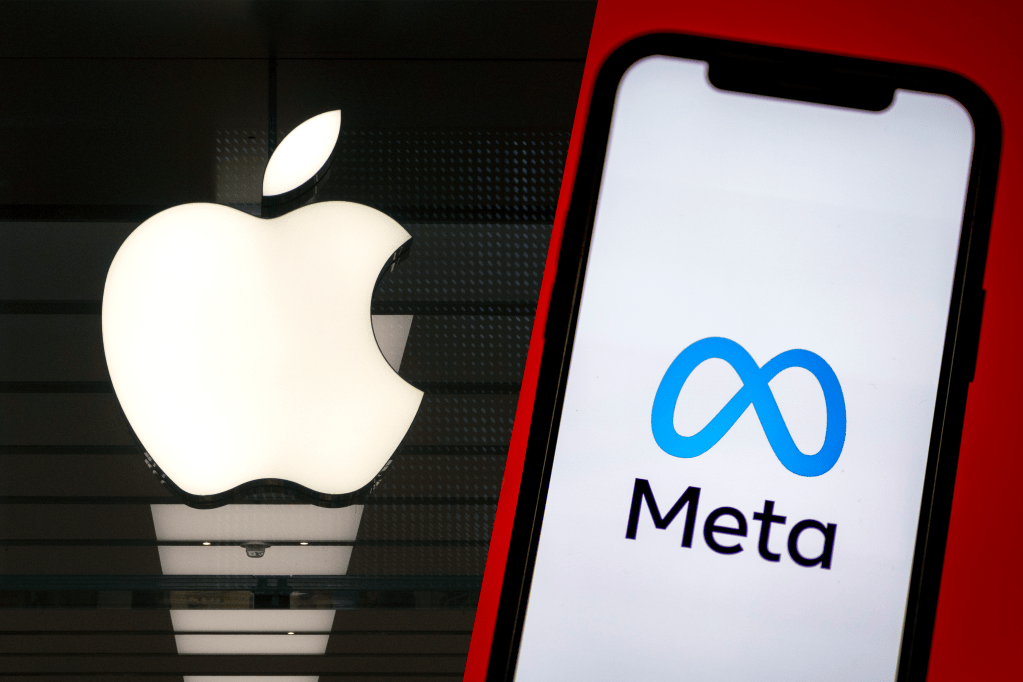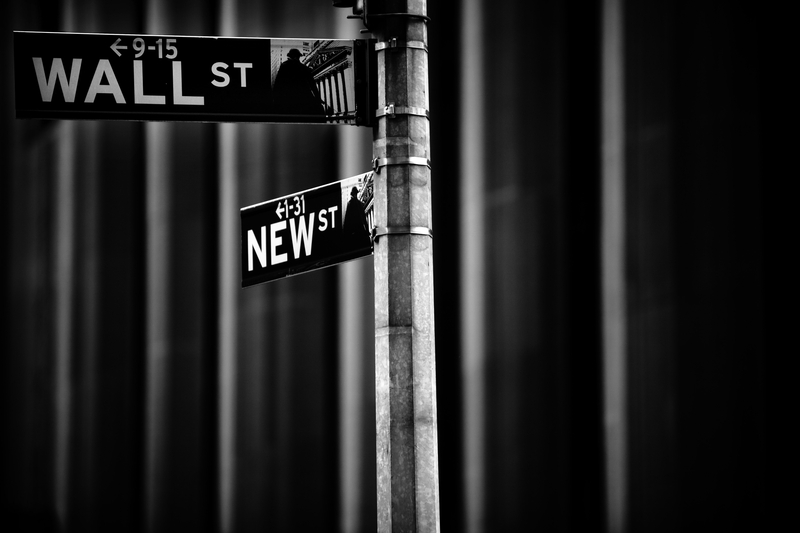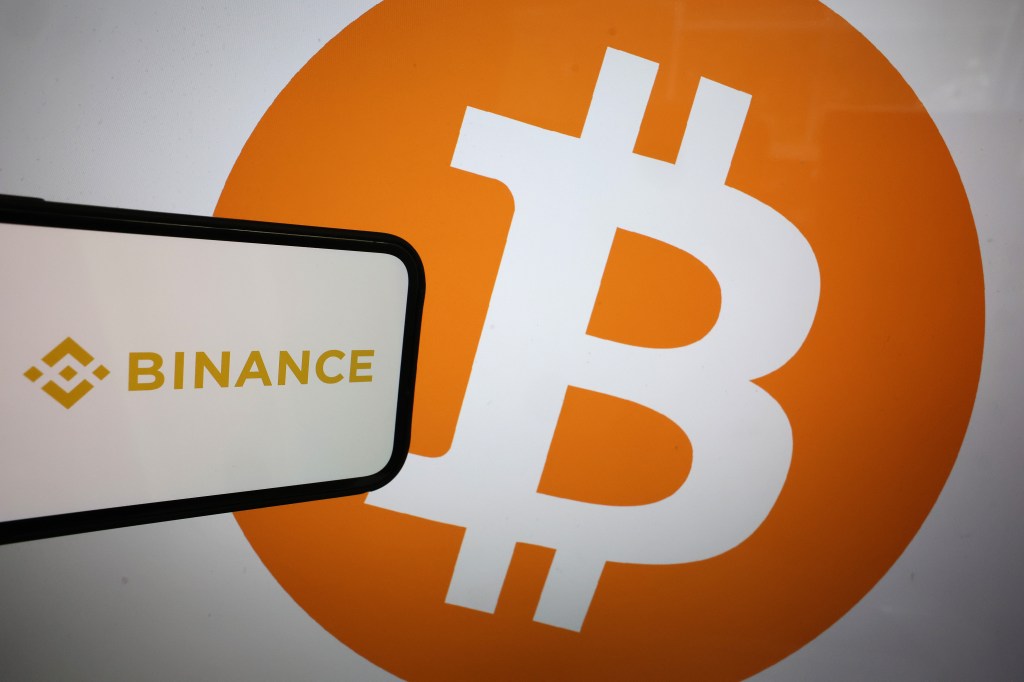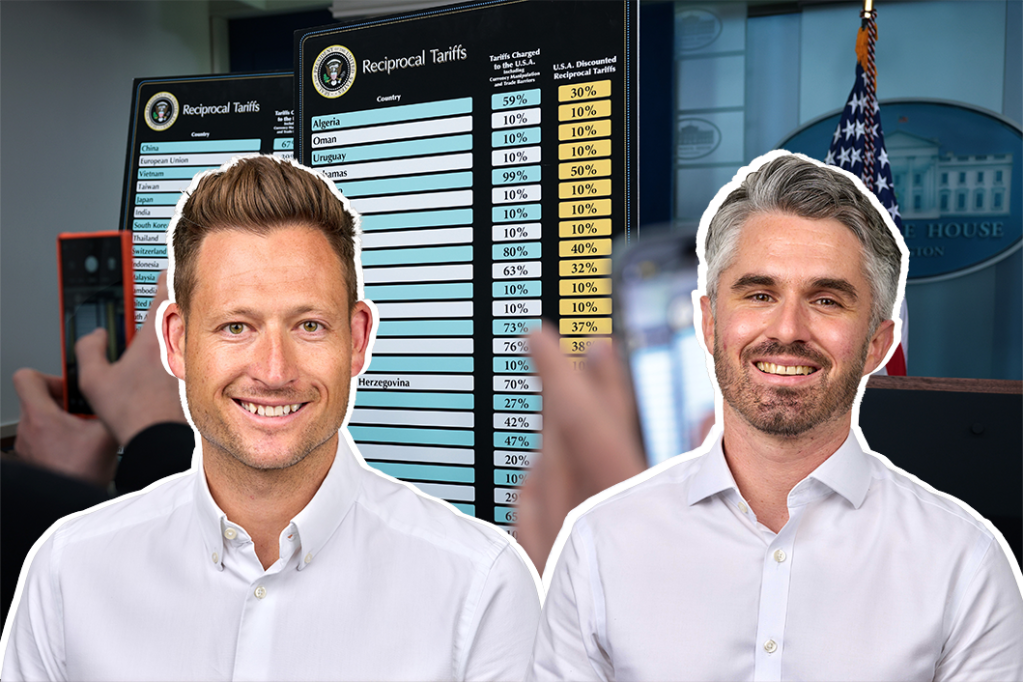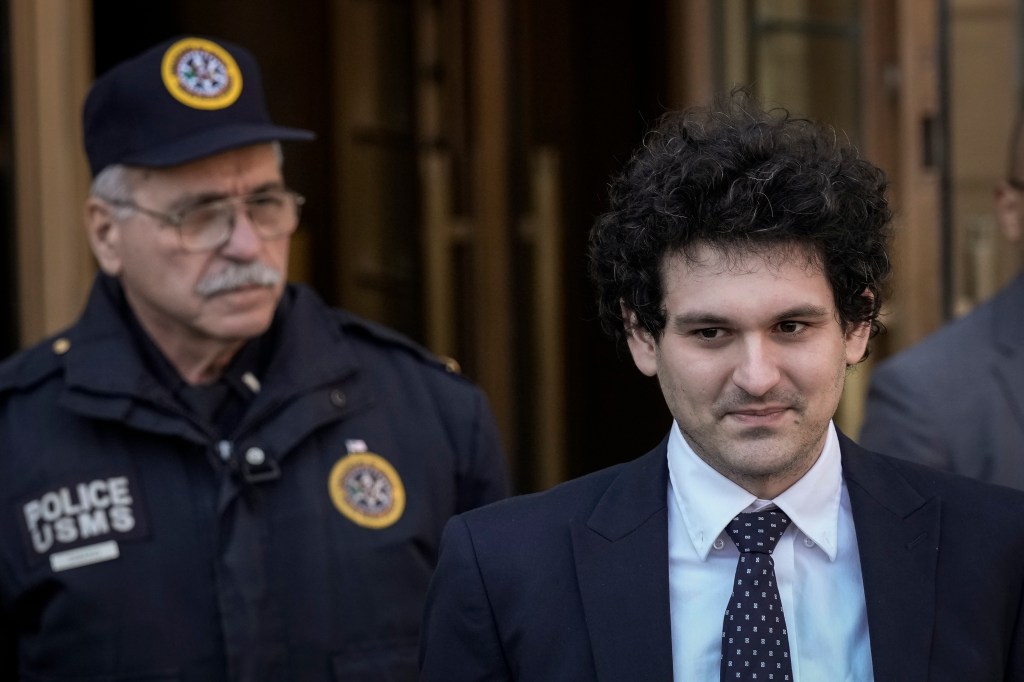In the end, there was nothing new under the sun. Or, as US Attorney Damien Williams put it, “the cryptocurrency industry might be new … this kind of corruption is as old as time”. Just after 7.40pm Thursday, the jury in the trial of former ‘king of crypto’ Sam Bankman-Fried found him guilty on seven counts of wire fraud and conspiracy to launder money.
The verdict came after four hours of deliberations following a month of proceedings in what was the highest-profile cryptocurrency-related trial to date, and almost a year after the spectacular collapse of FTX. Prosecutors called it “one of the biggest financial frauds in American history”. And insolvency expert John Ray, who took over the company when it filed for bankruptcy, said “the complete absence of trustworthy financial information” made the case worse than that of Enron, which he worked on.
Crimes committed
Bankman-Fried spent two days on the witness stand, giving testimony in which he frequently stated he didn’t recall specific details, admitted “large mistakes” and “significant oversights” but denying fraud. But three of his closest confidantes, Caroline Ellison, Gary Wang and Nashad Singh, all admitted committing crimes.
Testimony from Ellison was particularly damning. Asked “did you commit any crimes?”, she answered “Yes, we did”. Pressed on who she meant by “we”, she said: “I mean Sam and I and others”.
Sentencing has been set for 28 March, and Bankman-Fried faces up to 115 years in jail. His legal team issued a statement saying: “We respect the jury’s decision. But we are very disappointed with the result. Mr Bankman-Fried maintains his innocence and will continue to vigorously fight the charges against him.”
Bankman-Fried is due to go on trial facing a second set of charges, including alleged foreign bribery and bank fraud conspiracy, later this year.
Lessons to learn
Attorney Williams set out in the strongest terms the lesson he wants to be drawn from the verdict. “This case is also a warning to every fraudster who thinks they’re untouchable, that their crimes are too complex for us to catch, “ he said. “I promise we’ll have enough handcuffs for all of them.”
Journalist Martin Calladine, who has written extensively about the crypto industry, has a more critical take. He posted on Bluesky: “The moral of the SBF story is that, if you want to get away with fraud, you need not to want to be famous and you should confine yourself to ripping off small investors, not rich people and financial institutions in the US”.
There are lessons, too, to be learned by many of the people and businesses who backed Bankman-Fried at the height of his fame and influence. Sequoia Capital invested. Tiger Global invested. Softbank invested. The Ontario Teachers Pension Fund invested. Can adequate due diligence really have been carried out? It certainly appears that it wasn’t. And yet one investor did manage it – pop star Taylor Swift. She turned down a $100m FTX sponsorship.
Even on the morning FTX finally collapsed, senior figures in the world of finance were telling journalists reporting the story that FTX was safe.
“My hope is that we can turn the focus to the victims here.”
Sheila Warren, CEO, Crypto Council for Innovation
Sheila Warren, CEO of the global Crypto Council for Innovation, said: “This case was always about fraud, and this outcome confirms that the jury understood who and what was on trial here. The jury heard evidence that Sam Bankman-Fried was out for himself, and that’s reflected in the verdict. This case serves as a reminder that rules that have existed for a long time created a path to accountability for these crimes.
“My hope is that we can turn the focus to the victims here rather than continuing to give airtime to the latest person who committed one of the oldest crimes on the books – fraud.”

